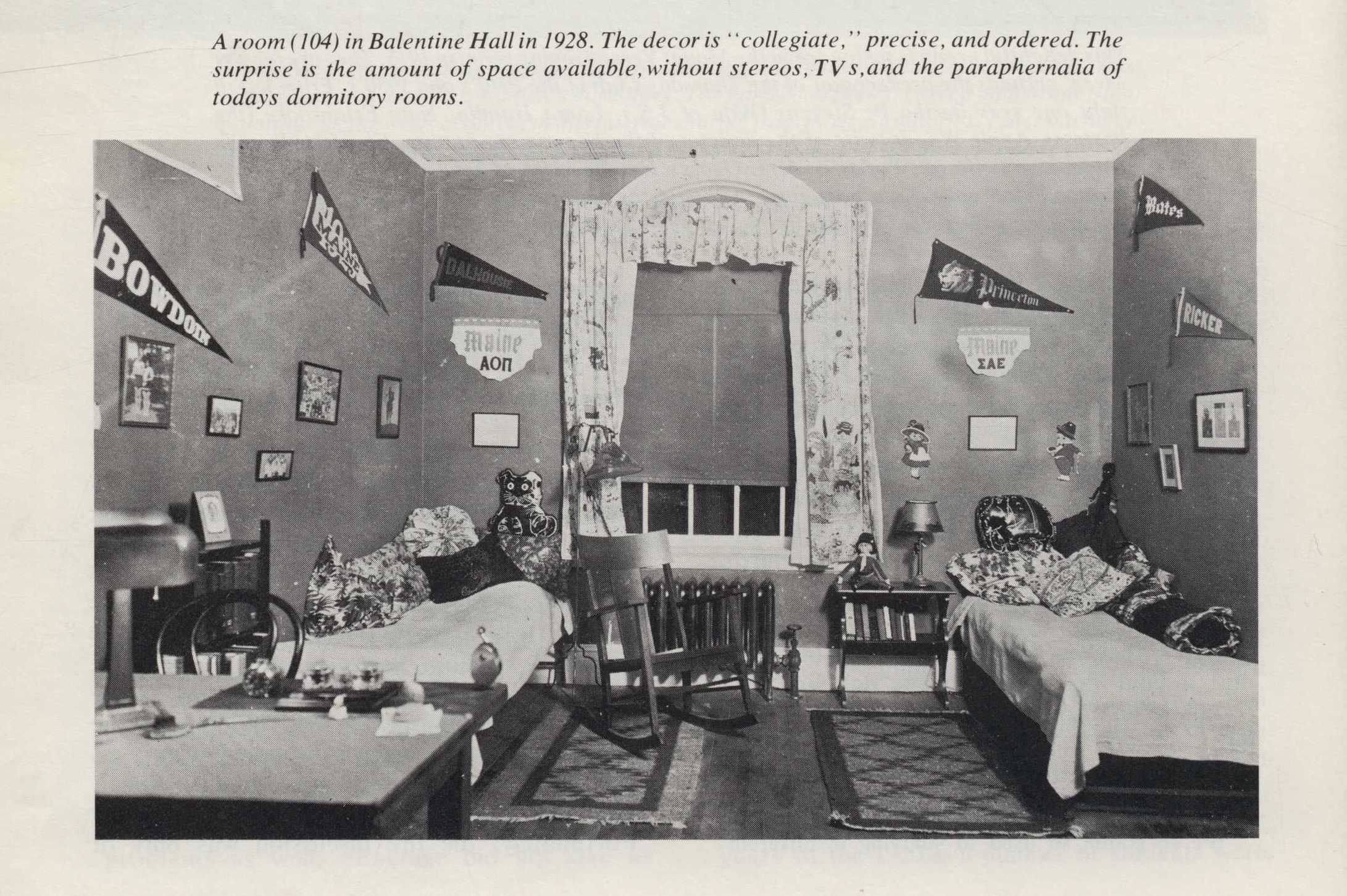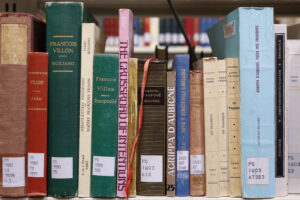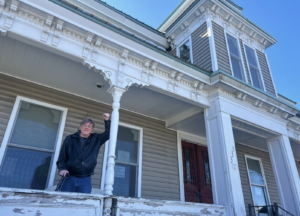Up on the third floor of the University of Maine’s Fogler Library, in their Special Collections, there lies a blue bound book that holds the recorded history of the University of Maine. Spanning from the years 1865 to 1965, the book holds accounts of this college’s first century of life.
There are 12 chapters, some more riveting than others, that bring the reader on a journey through the beginning and growth of UMaine in the late 19th and early 20th century. A crew of devoted university individuals did research for the book, but it was David C. Smith who compiled the research into a narrative-like structure. It is easy to take the work put towards this book for granted. Still, the hard work and effort these individuals put towards this project has allowed UMaine history to live in a concise and cohesive place rather than jumbled around campus.
The preface of the book touches on the difficulty of this process: “Collecting data took nearly three full years, as the files and manuscripts were in a terrible state. Many had been destroyed or lost and others were simply jumbled into cartons in the vault of the Alumni Hall. Still others were in various buildings, cellars and attics throughout the campus.”
The end product is miraculous. Not only does the finished book contain stories of the beginning of UMaine, but it also holds histories of student protests, riffs between UMaine and other colleges, successes and other stories that may have been lost from memory if not written in this blue-bound book.
The first chapter, named “A Slow Start,” focuses on the establishment of the University of Maine. The book includes pictures of the early university. One of the photographs is peering at the university across the Stillwater River. The river is barren of the luxurious trees that line it today, and the field that now holds the Steam Plant Lot is empty. It is crazy to picture our campus with only three Victorian-style buildings, standing alone on a vast plot of land, with the trees of the University Forest standing far off in the distance. It’s foreign and bare; a reminder of what Marsh Island looked like before we came in and built a University.
The book is riddled with familiar names. From Fernald to Balentine, this book holds the stories and legacies of the (white) folks after whom we named our campus buildings. Chapter two goes in-depth into the going-ons at UMaine during the reign of our second president, Merritt Fernald. Most noteworthy is the introduction of women into the campus’s educational and social life. The first woman to attend the University of Maine was Louise H. Ramdell. She was a close friend of the Fernalds and lived with them during her studies. She enrolled in 1872 and successfully completed her studies in 1874. Between the entrance of Ramdell and the end of the century, 59 women attended UMaine.
In chapter 3, named “Making a University,” early campus scandals were reminisced on. Introducing women to campus life resulted in new policies restricting evening walks and dormitory visits between genders. The book accounted for “unwanted pregnancies” for the new, stricter policies. At the same time, the school began to crack down on undergraduate hazing, which ran rampant on campus. An “all night hazing, without the razoo,” occurred in early October. It resulted in the suspension of students who were held responsible and the censorship of other students who aided in the scheme. These punishments resulted in a campus-wide student strike calling for the reinstatement of the guilty. By the end of November, the faculty had agreed to let the students back into school.
From “Depression and war” to “Beyond the campus,” and “Research and Publications” to “Life at Maine,” this book holds tales, legacies and stories lost among the constant transition of students at the University of Maine. This careful examination and compilation of the first century of UMaine is open for any student or community member to review at UMaine’s Special Collections, which is located on the third floor of Fogler Library. Special Collections is open Mondays through Fridays from 8:30 a.m. to 4:30 p.m.













